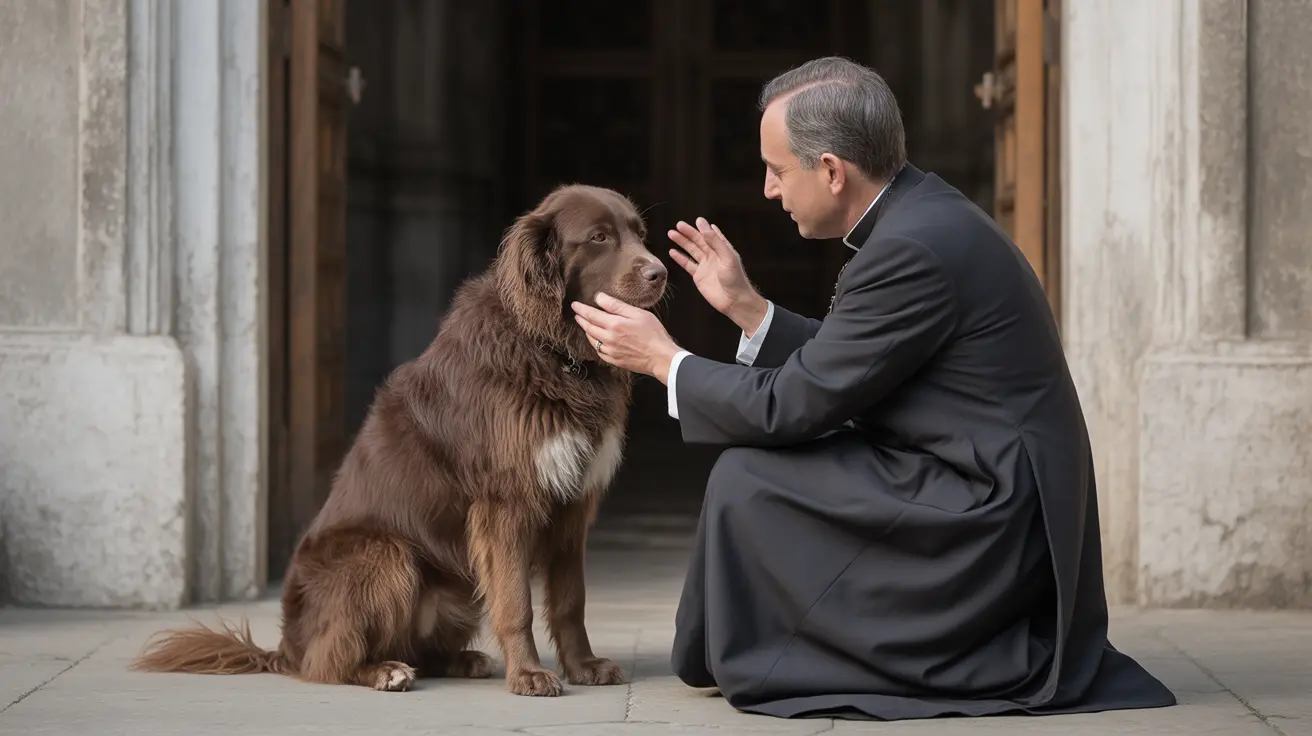A collapsed trachea in dogs is a serious respiratory condition that affects thousands of pets each year, particularly small and toy breeds. This progressive disorder occurs when the windpipe loses its structural integrity, leading to breathing difficulties and a characteristic "goose-honking" cough that can significantly impact a dog's quality of life.
Whether you're a concerned pet parent or wanting to learn more about this condition, understanding collapsed trachea in dogs is crucial for early detection and proper management. Let's explore everything you need to know about this common respiratory issue.
What Is a Collapsed Trachea?
The trachea, or windpipe, is a flexible tube supported by rings of cartilage that maintain its shape during breathing. When these cartilage rings weaken or become malformed, they can no longer keep the trachea's tubular shape, leading to partial or complete collapse during breathing.
This condition most commonly affects small dog breeds, particularly Yorkshire Terriers, Pomeranians, Chihuahuas, and Toy Poodles. The collapse can occur in any part of the trachea and may worsen over time if left untreated.
Recognizing the Signs and Symptoms
Early detection of a collapsed trachea is crucial for effective management. The most common symptoms include:
- A distinctive dry, honking cough that worsens with excitement or exercise
- Difficulty breathing, especially during physical activity
- Wheezing or raspy breathing sounds
- Rapid fatigue during walks or play
- Bluish gums during episodes (indicating oxygen deprivation)
- Gagging or retching, particularly after drinking water
Diagnosis and Assessment
Veterinarians use several methods to diagnose and evaluate the severity of tracheal collapse:
- Physical examination and medical history review
- Chest X-rays to visualize the trachea
- Fluoroscopy (moving X-rays) to observe the trachea during breathing
- Endoscopy for direct visualization of the collapse
Treatment Options and Management
Treatment for collapsed trachea typically involves a multi-faceted approach:
Medical Management
- Cough suppressants and anti-inflammatory medications
- Bronchodilators to help open airways
- Weight management programs for overweight dogs
- Switching from collar to harness use
Environmental Modifications
- Avoiding exposure to irritants like smoke and strong perfumes
- Maintaining comfortable room temperature
- Limiting exercise during hot or humid weather
- Creating a calm, stress-free environment
Surgical Intervention
In severe cases where medical management isn't sufficient, surgical options may include:
- Placement of prosthetic rings around the trachea
- Tracheal stent placement
- Other specialized surgical procedures
Prevention and Long-term Care
While some risk factors for tracheal collapse are genetic, several preventive measures can help reduce the likelihood or severity of the condition:
- Maintaining healthy body weight
- Using a harness instead of a collar
- Regular veterinary check-ups
- Avoiding exposure to respiratory irritants
Frequently Asked Questions
What are the common symptoms of a collapsed trachea in dogs, and how do they affect my pet's quality of life?
Common symptoms include a honking cough, difficulty breathing, exercise intolerance, and gagging. These symptoms can significantly impact your pet's quality of life by limiting physical activity, disrupting sleep, and causing anxiety during breathing episodes.
How can I manage my dog's collapsed trachea through lifestyle changes and what are the most effective treatments?
Effective management includes using a harness instead of a collar, maintaining healthy weight, avoiding respiratory irritants, and following prescribed medications. Medical treatments typically include cough suppressants, anti-inflammatory drugs, and bronchodilators.
Why do small and toy breeds like Yorkshire Terriers and Poodles often develop tracheal collapse more frequently than other breeds?
Small breeds are genetically predisposed to weaker cartilage in their tracheas. This genetic factor, combined with their smaller airways, makes them more susceptible to tracheal collapse as they age.
What are the most effective ways to prevent a collapsed trachea from worsening in dogs, and can it be completely prevented?
While genetic predisposition cannot be prevented, progression can be slowed through weight management, using a harness, avoiding respiratory irritants, and maintaining regular veterinary care. Early intervention is key to managing the condition effectively.
What are the risks and benefits of surgical intervention for severe cases of tracheal collapse in dogs, and when is it typically recommended?
Surgery is typically recommended when medical management fails to control symptoms. While surgical intervention can significantly improve breathing and quality of life, it carries risks including infection, stent migration, or continued coughing. The decision should be made carefully with your veterinarian based on your dog's specific case.






